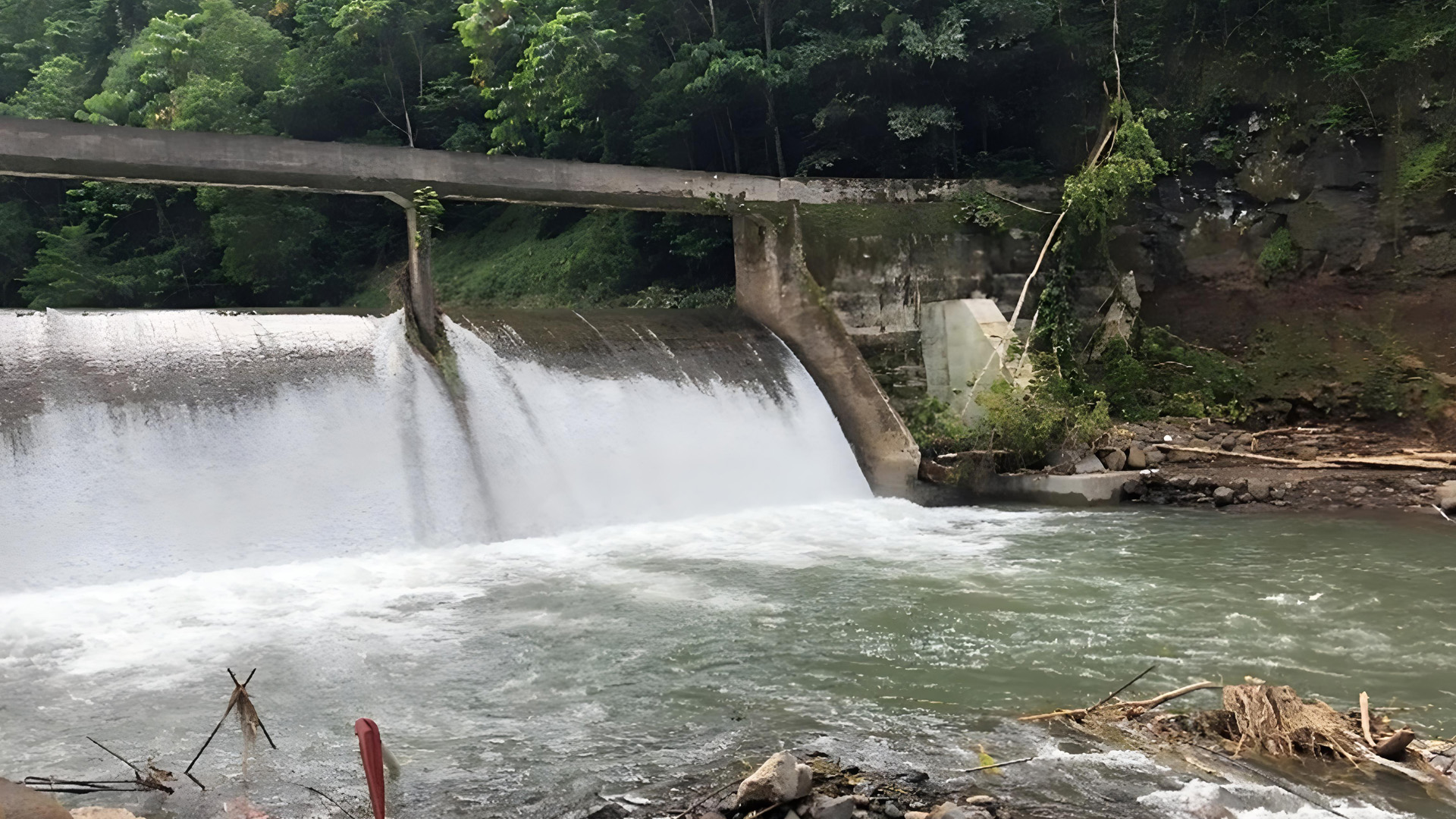Expanding Hydropower in Samoa
Located south of the equator, Samoa is a small archipelagic country with a landmass of about 2,930 square kilometers (sq. km.) spread across two main islands and several smaller ones. More than a third of its population lives in rural areas. Most are engaged in subsistence activities in fisheries and agriculture.
The country’s economy has grown in recent years, but several threats may derail its progress. Given its geographical location, Samoa is prone to natural hazards and disasters. Cyclones regularly batter the country, of which Cyclone Evan was among the strongest. It severely damaged Samoa’s power infrastructure in 2012. Climate change impacts can also hamper the country’s growth. Studies have shown that Samoa stands to lose about 3.8% of its GDP by 2100 due to the effects of climate change.
This vulnerability aggravates another weakness: Samoa’s dependence on imported fossil fuels. This dependence is risky, as it exposes the country to rising international oil prices and unstable power supply. In 2012, 60% of the country’s electricity was powered by diesel. Samoa’s sole power utility, the Electric Power Corporation, imported about 95 million liters of fuel. Fossil fuels are about 15% of the country’s imports and 10% of its total GDP.
“Samoa’s dependence on imported fossil fuels hampers the country’s efforts in providing reliable and affordable energy supply,” says ADB senior country officer Maria Melei. “Households and businesses have been paying steeply for monthly electricity bills.”
Dependence on imported fossil fuels hampers the country’s efforts in providing reliable and affordable energy supply.
– Maria Melei, ADB senior country officer
Securing Power Supply
To address these challenges, ADB, the Clean Energy Fund under the Clean Energy Financing Partnership Facility, the European Union, and the Government of New Zealand banded together to help Samoa reduce its reliance on imported fossil fuels. Together, they initiated the Renewable Energy Development and Power Sector Rehabilitation Project in 2013 to increase Samoa’s renewable power supply by rehabilitating damaged hydropower plants and installing new ones. The grants provided by ADB’s financing partners expanded the project and helped it achieve a greater impact.
The project prioritized the three hydropower plants in Upolu damaged by Cyclone Evan in 2012: the Alaoa, Fale-o-le-Fee, and Samasoni hydropower plants. Damage to these three plants was extensive.
In Alaoa, new equipment was installed at the power station, and a 2.5 km section of the pipe and a 25-meter (m) section of the intake were repaired.
In Fale-o-le Fee, a new turbine, generator, transformer, and other equipment were installed in the hydropower plant. Intakes and steel pipes were also repaired.
In Samasoni, where damage was most severe, the project funded the repairs of the river intake, head pond, and 3.5 km of steel pipes. The walls, generators, and equipment at the power station were also rehabilitated.
The project also built four new small hydropower plants (SHPs) in Faleata, Tafitoala, and Fuluasou. A 2-megawatt (MW) generator was also added at a power station in Taelefaga. These provided a total of 3.3 MW hydropower capacity. These SHPs, though small, will help Samoa reach its goal of 100% renewable energy generation by 2025.
Renewable and Dependable Power Supply
The project ended in the second quarter of 2021 and had been helping Samoa improve energy security in the country.
The hydropower plants damaged by Cyclone Evan are now up and running. Back to their pre-cyclone levels, the three damaged hydropower plants were generating 13.6 GWh of electricity in 2018, exceeding the project targets by 13%. Combined with the completion of two new hydropower plants, their capacity has expanded the country’s power supply, increasing hydropower generation capacity by 8.3 MW.
Because of the project, hydropower generation increased from 35 million GWh in 2013 to nearly 50 million GWh in 2020. This saved the country about $5.8 million worth of fuels that they did not have to buy anymore in 2020 and $15 million since the project began. These savings were passed on to consumers, which meant lower energy costs for households. In 2009, residential customers on a conventional postpaid meter using 200 kWh/month paid ST146 ($384) per month. In 2019, they paid around ST135 ($364) a month. Beyond power generation and fuel savings, the project reduced Samoa’s carbon emissions. In 2020, the refurbished and new hydropower plants produced total hydropower electricity of 49.7 GWh, cutting about 28,853 tons of carbon dioxide a year.
“The hydropower plants the project built and repaired have provided Samoans with a more secure, cheaper, and cleaner energy supply,” Melei said. These changes have been a great help to the people of Samoa, especially since electricity costs eat up much of the households’ budget. They have also helped the country move closer to its ultimate goal of 100% renewable energy by 2025. Currently, diesel generation in Samoa decreased from 68% in 2013 to 53% in 2020.
Cost
$32.6 million
- ADB Resources $18.2 million
- Government $5.8 million
Cofinancing Partners
- Clean Energy Fund under the Clean Energy Financing Partnership Facility (Grant) $1 million
- European Union (Grant) $5.1 million
- Government of New Zealand (Grant) $2.5 million
Dates
Approval Date 5 November 2013
Signing Date 31 January 2014
Completion Date 31 October 2020


